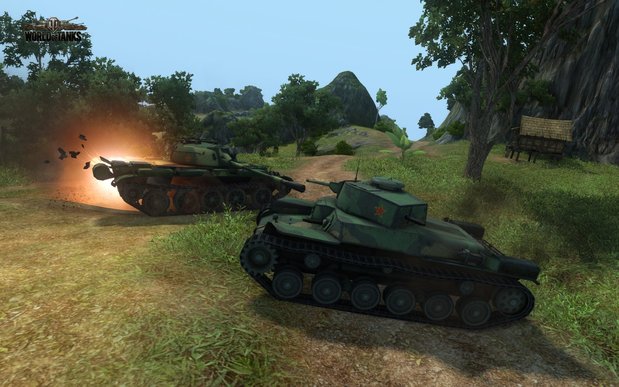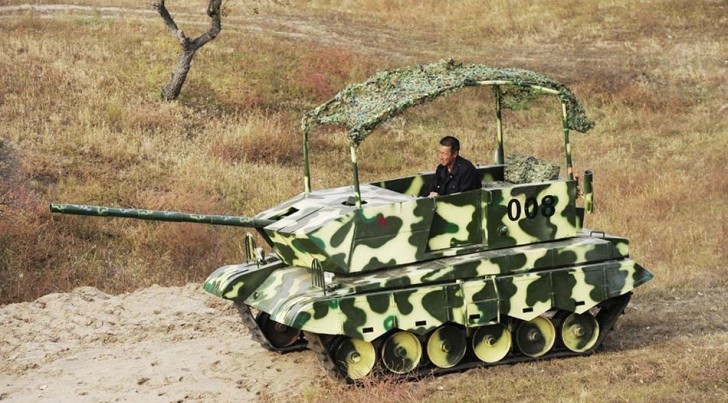


Attempts were made to improve it even further by adding appliqué armor layers to the front of the vehicle and some reports even mention the turret front being equipped with a composite armor layer. The armor of the vehicle was heavily sloped and consisted of simple steel plates. It’s quite possible that the Chinese got a good look at these tanks either in Pakistan or when some were captured during the Vietnam War. These speeds were achievable partially due to a new suspension model that was clearly inspired by the American Patton series tanks – six smaller roadwheels, three return rollers, drive sprocket in the rear and an idler in the front. The 45-ton vehicle was powered by a license-produced German Maybach MB8V331TC41 950hp diesel engine and could achieve a maximum speed of 65 kilometers per hour on pavement and 45 kilometers per hour in terrain. The Chinese planned to make the gun load automatically, but the development of a loading mechanism was not successful. The gun was also stabilized and equipped with an indigenous fume extractor. The fire control system included a ballistic computer and infra-red sights. The vehicle had a low silhouette but the turret was welded instead of cast and the armament consisted of an indigenously-developed experimental 120mm smoothbore cannon designed with the help of Western components imported from Israel. The crew consisted of three men – a driver, gunner (who also loaded the gun) and commander. Unlike previous Chinese tanks that were heavily influenced by Soviet designs, the WZ-1224 carried many elements present in western armored vehicles. Development started in the late 1970s and at least one prototype was built. The WZ-1224 (a factory designation) was a unique design, originally intended to replace the Type 59, although other sources claim it was simply a technology demonstration built to advance certain elements of Chinese armor engineering.


 0 kommentar(er)
0 kommentar(er)
